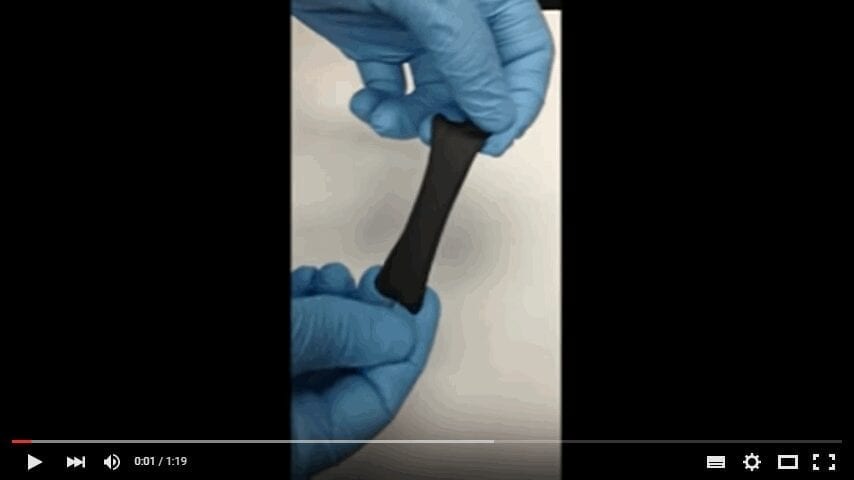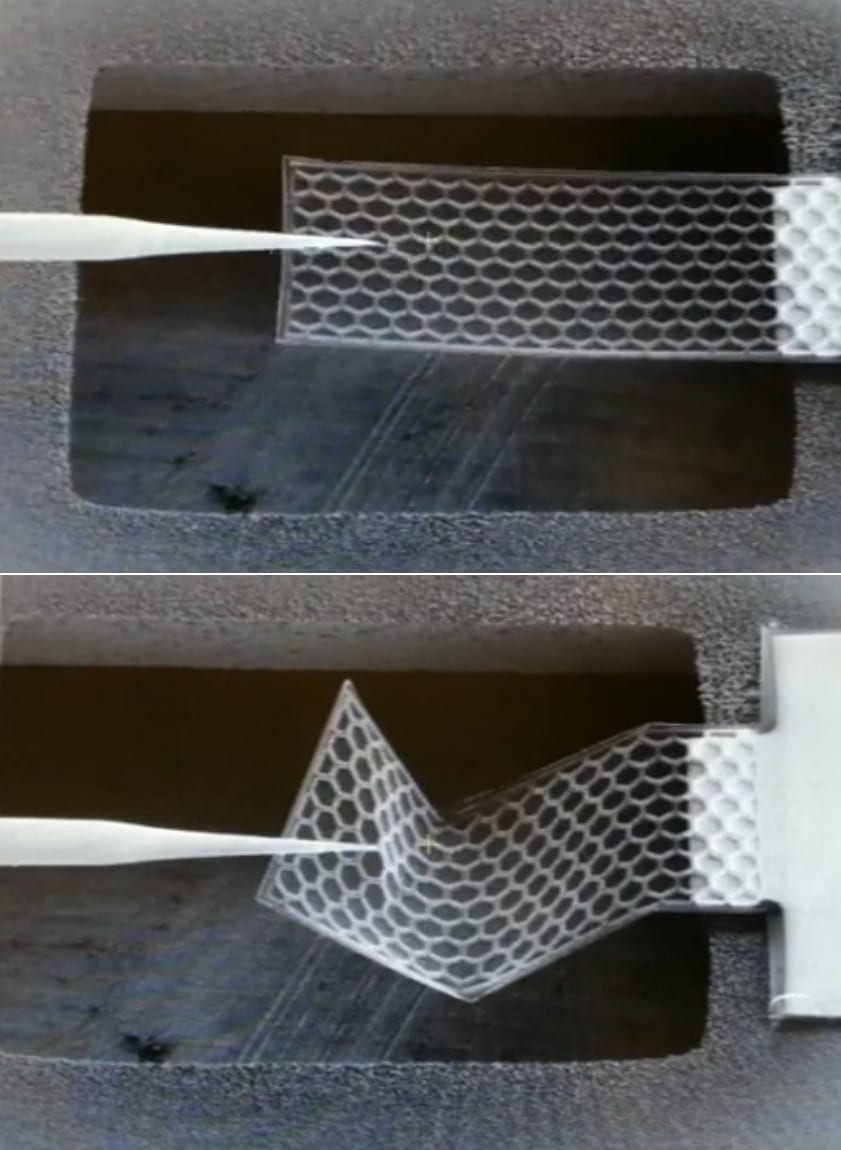
People born with a rare genetic mutation are unable to feel pain, but previous attempts to recreate this effect with drugs have had surprisingly little success. Using mice modified to carry the same mutation, UCL researchers funded by the MRC and Wellcome Trust have now discovered the recipe for painlessness.
‘Channels’ that allow messages to pass along nerve cell membranes are vital for electrical signalling in the nervous system. In 2006, it was shown that sodium channel Nav1.7 is particularly important for signalling in pain pathways and people born with non-functioning Nav1.7 do not feel pain. Drugs that block Nav1.7 have since been developed but they had disappointingly weak effects.
The new study, published in Nature Communications, reveals that mice and people who lack Nav1.7 also produce higher than normal levels of natural opioid peptides.
To examine if opioids were important for painlessness, the researchers gave naloxone, an opioid blocker, to mice lacking Nav1.7 and found that they became able to feel pain. They then gave naloxone to a 39-year-old woman with the rare mutation and she felt pain for the first time in her life.
“After a decade of rather disappointing drug trials, we now have confirmation that Nav1.7 really is a key element in human pain,” says senior author Professor John Wood (UCL Medicine). “The secret ingredient turned out to be good old-fashioned opioid peptides, and we have now filed a patent for combining low dose opioids with Nav1.7 blockers. This should replicate the painlessness experienced by people with rare mutations, and we have already successfully tested this approach in unmodified mice.”
Broad-spectrum sodium channel blockers are used as local anaesthetics, but they are not suitable for long-term pain management as they cause complete numbness and can have serious side-effects over time. By contrast, people born without working Nav1.7 still feel non-painful touch normally and the only known side-effect is the inability to smell.
Opioid painkillers such as morphine are highly effective at reducing pain, but long-term use can lead to dependence and tolerance. As the body becomes used to the drug it becomes less effective so higher doses are needed for the same effect, side effects become more severe, and eventually it stops working altogether.
“Used in combination with Nav1.7 blockers, the dose of opioid needed to prevent pain is very low,” explains Professor Wood. “People with non-functioning Nav1.7 produce low levels of opioids throughout their lives without developing tolerance or experiencing unpleasant side-effects. We hope to see our approach tested in human trials by 2017 and we can then start looking into drug combinations to help the millions of chronic pain patients around the world.”
Read more: GM mice reveal the secret to a painless life
The Latest on: Pain relief
[google_news title=”” keyword=”pain relief” num_posts=”10″ blurb_length=”0″ show_thumb=”left”]
via Google News
The Latest on: Pain relief
- 5 home remedies to get rid of nausea and doctor's No. 1 pick for reliefon April 30, 2024 at 12:36 pm
Nausea can be caused by weight loss drugs, pregnancy, food poisoning, migraines. Doctors share home remedies for nausea, including ginger and peppermint.
- 20 stress-relief gifts for the frazzled friend in your lifeon April 30, 2024 at 11:49 am
From sound machines to stress balls to satin sleepwear, these gift ideas will soothe you and everyone you know.
- Treatment-related pain may be 'socially contagious'on April 30, 2024 at 11:43 am
An individual's experience of pain from medical treatment can be heightened by witnessing other people's responses to the same treatment, with this negative experience subsequently spreading to others ...
- Lawmakers fall short, again, on property-tax relief | Colorado Springs Gazetteon April 30, 2024 at 10:12 am
To no one’s surprise, pending property tax-relief legislation that will be officially unveiled this week at the Capitol won’t cure what ails Colorado’s homeowners. It won’t even ease their pain ...
- She Lived in Pain for Years Before Being Diagnosed with a Rare Skin Disorderon April 30, 2024 at 9:28 am
For years, doctors couldn’t explain why Cydney Carter was breaking out with painful “boils” on her skin. Then, she received a diagnosis that changed her life.
- I'm a bed tester — the best mattresses for lower back pain share these key featureson April 30, 2024 at 9:21 am
Struggling with lower back pain? Your mattress might be the culprit, so these are the features to look for in a new ...
- Salonpas Makes Grand Debut in Nigeria: Unveiling Effective Pain Relief Solutionson April 30, 2024 at 1:22 am
Hisamitsu Pharmaceutical Co. Inc., one of the leading global healthcare companies, has announced the official launch of Salonpas, a trusted pain relief brand in Nigeria. Salonpas is coming to Nigeria ...
- Trump Election Would Spell Relief for Banks and Pain for Clean Energy Stockson April 29, 2024 at 12:48 pm
On the other hand, a Trump victory could spell trouble for clean energy stocks like NextEra Energy, Enphase Energy, and First Solar, Wolfe said.
- New pain relief patch that's changing the gameon April 29, 2024 at 6:48 am
The following information was submitted by Signal Relief.Signal Relief, an American-based company headquartered in American Fork, Utah with team members in sev ...
- Scientists Make Breakthrough in Chronic Pain Treatmenton April 26, 2024 at 7:53 am
Scientists have developed tiny robotic nerve "cuffs" to diagnose and treat neurological disorders. The flexible devices offer a safer, minimally invasive alternative to today's diagnostics and could ...
via Bing News










